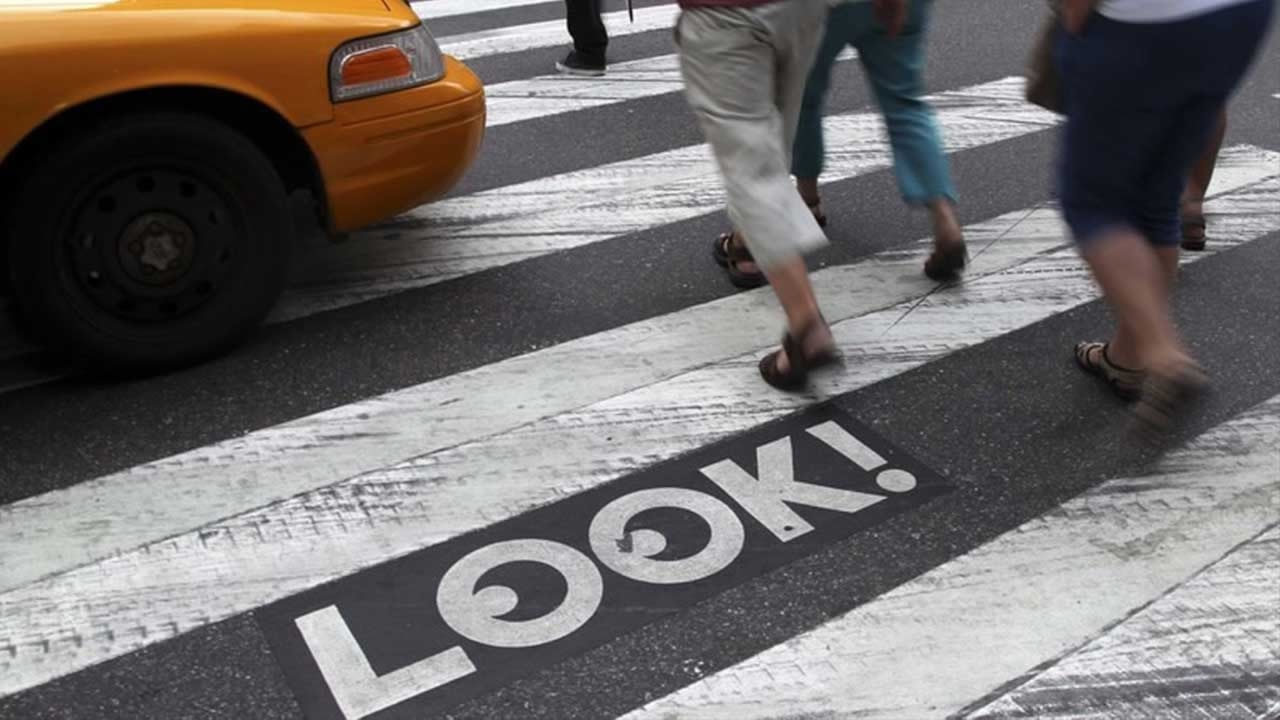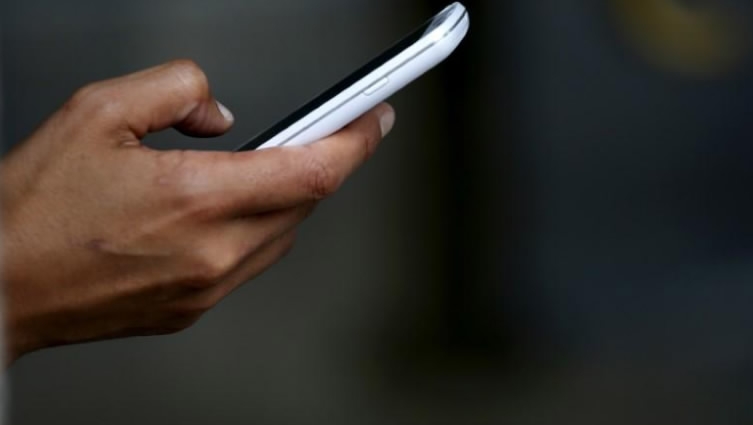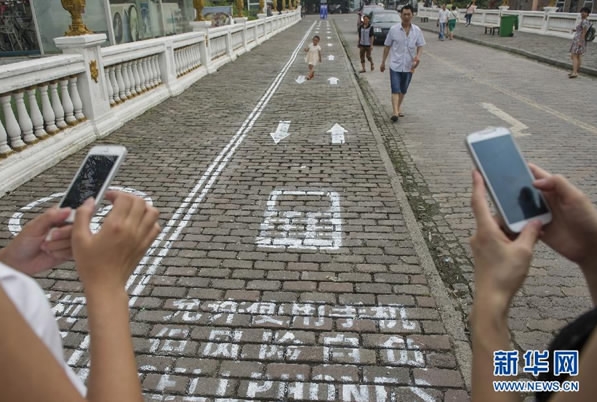
Culture
10:11, 24-Oct-2017
Law targeting phone users with crosswalk ban takes effect in Honolulu
By Nadeem Gill

A ban on pedestrians glued to their smartphones or texting while crossing the street is taking effect on Wednesday in Honolulu, Hawaii’s largest city, with those caught in the act receiving fines.
Honolulu’s city administration in July passed legislation aimed at reducing injuries and deaths from “distracted walking”, making it the first major US city to adapt such a measure.
Starting Wednesday, pedestrians in Honolulu could face fines ranging between 15 and 99 US dollars, depending on the number of times they are caught looking at a phone or tablet device as they cross the street.
The restriction does not apply on those using the devices for emergency services.
Phone-linked distractions have caused at least 11,000 pedestrian injuries in the US from 2000 to 2011, a University of Maryland study found in 2015.

Honolulu unveiled the law in July this year. /Reuters Photo
Honolulu unveiled the law in July this year. /Reuters Photo
The National Safety Council, a US-based non-profit organization, added “distracted walking” to its annual list of the biggest risks for unintentional injuries and deaths in the country after the university published its findings.
Another study by the US Governors Highway Safety Association released earlier this year found that 2016 saw an estimated 6,000 pedestrian deaths, the highest number in more than 20 years.
The report was based on data from all states for the first six months of the year.
Britain’s Royal Society for the Prevention of Accidents also noted that the number of people, particularly teenagers and young adults, injured as a result of distracted behavior, like having a phone conversation, texting or listening to music, is increasing.
Innovative solutions
Cities around the world are wrestling with how to protect phone-obsessed people, as more and more of them are inflicting injuries on themselves and others by stepping into traffic or running into stationary objects.
In Germany, the Bavarian town of Augsburg, last year fitted traffic signals into the ground near tram tracks to alert smartphone "zombies" – a term first used in Germany.

Southwest China's Chongqing Municipality opened a "phone lane" for texting pedestrians in 2014. /Xinhua Photo
Southwest China's Chongqing Municipality opened a "phone lane" for texting pedestrians in 2014. /Xinhua Photo
The Dutch town of Bodegraven in February conducted trials of LED traffic lights that glow red or green across the pavement to warn those who stubbornly look at their smartphones.
In Belgium, the authorities in Antwerp introduced "text-walking lanes" for those using mobile phones. And some parks in San Francisco have been designated as phone-free areas.
A “first mobile phone sidewalks in China” made headlines in 2014. The southwestern municipality of Chongqing created the lane for mobile phone addicts who cannot put down their devices.
The 100ft-stretch of pavement had a lane specially painted for people who have their eyes glued to their screens.

SITEMAP
Copyright © 2018 CGTN. Beijing ICP prepared NO.16065310-3
Copyright © 2018 CGTN. Beijing ICP prepared NO.16065310-3